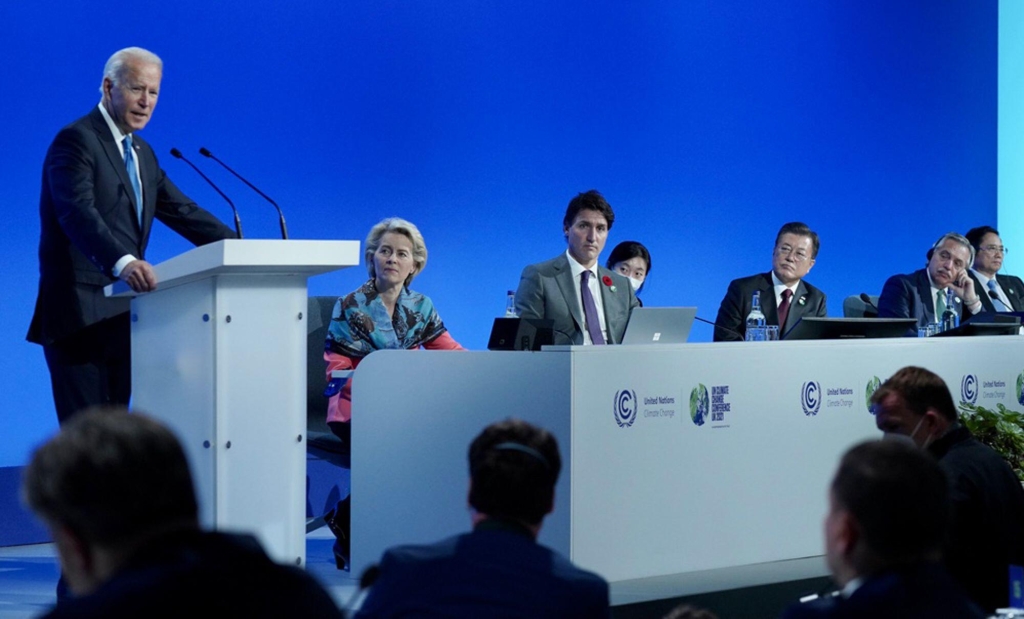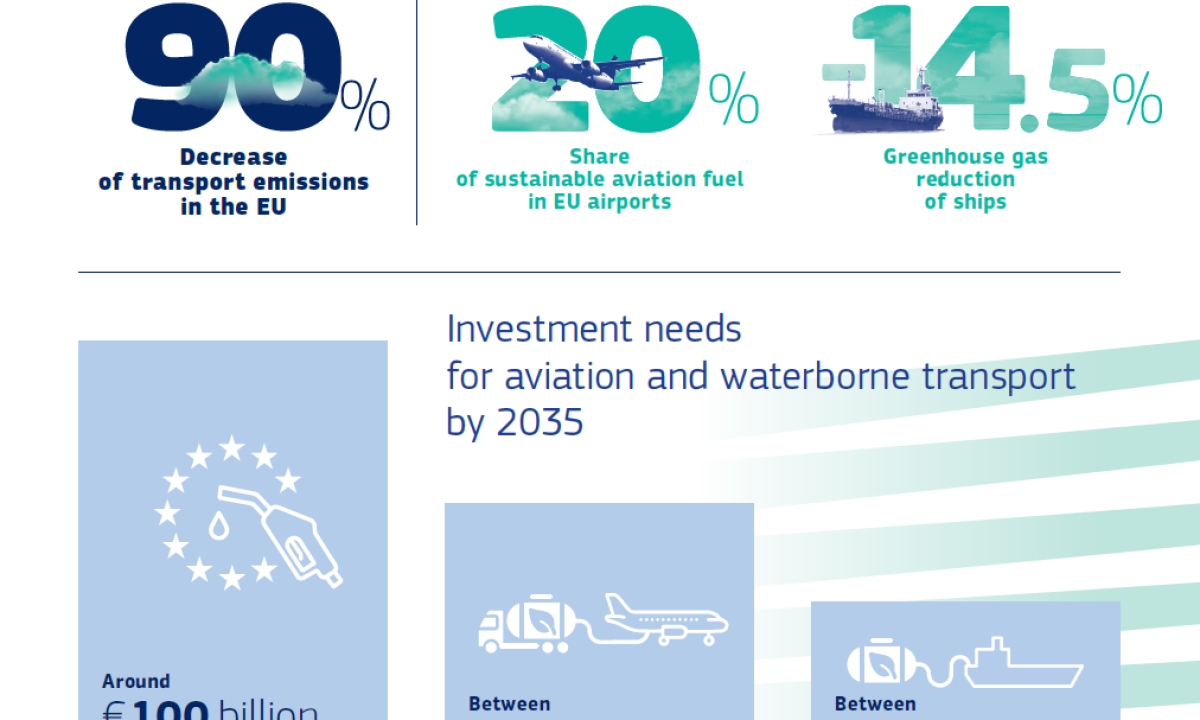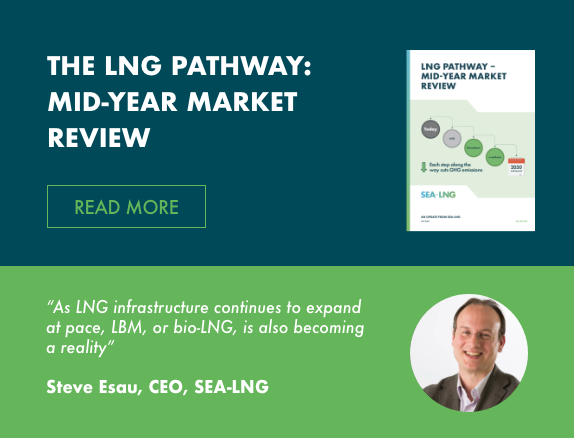10th November 2021
SEA-LNG SUPPORTS GLOBAL METHANE PLEDGE

SEA-LNG, a coalition of businesses across the maritime LNG value chain, today voiced its support for the Global Methane Pledge. SEA-LNG welcomes the increased backing for the pledge by countries attending COP26 this week.
The Global Methane Pledge is positive news for LNG as a marine fuel. Stronger regulation of methane emissions should create more certainty for the shipping industry regarding LNG’s positive emissions benefits. The Global Methane Pledge is yet another step towards the recognition of the importance for measurement of greenhouse gas (GHG) emissions from all marine fuels on a well-to-wake (WtW) basis, including carbon dioxide, methane, and nitrous oxides. Comprehensive WtW measurement is the only way to accurately compare the viability of future fuels in a decarbonised shipping industry.
Today, engine manufacturers and LNG bunker fuel suppliers are already developing new technologies to address methane slip and fugitive emissions in the LNG supply chain. With very high rates of combustion efficiency, the latest engine technologies already have virtually no methane slip. Where methane slip still exists, engine manufacturers and fuel suppliers are accelerating their technological developments to address these issues and satisfy the signatories to the pledge.
Peter Keller, Chairman of SEA-LNG, said: “The pledge to reduce GHG emissions, including methane, by 2030 presents a challenge for the shipping industry but it is a target we are confident can be met. Due to the scale and breadth of International shipping, a basket of fuels, as exists today, will continue to be necessary for shipping to achieve a net zero target.”
Research by SEA-LNG and ESG consultant Sphera covering the use of LNG in the shipping industry identified very limited methane slip in the most common high-pressure 2-stroke slow-speed engines used in the industry today. Technological improvements in other engine types have already resulted in large scale reductions in methane slip. It is anticipated that as this work continues, methane slip will be negligeable in all marine engine types by the end of the 2020s.
Looking to the future, bioLNG then renewable synthetic LNG will drive decarbonization. Hydrogen, manufactured through the electrolysis of water using renewable electricity, when available at scale, will deliver a net-zero fuel for LNG powered vessels through the use of renewable synthetic LNG. It will be fully interchangeable with today’s LNG engine, storage and bunkering infrastructure. Until then, bioLNG as a drop in fuel will offer significant GHG emission reductions beyond what LNG already delivers today, up to 23% on a WtW basis.
Keller concluded: “As we look to the future, methane reduction coupled with the growth of bioLNG products followed by the introduction of renewable synthetic LNG will be capable of providing the air quality and carbon free future we all see as essential.”



